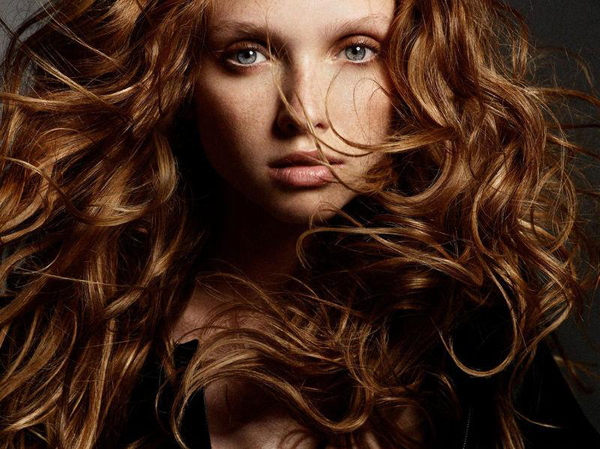How-To: Curling Tips from the Pros
 Photo via Salon Mario Russo/Facebook
Photo via Salon Mario Russo/Facebook
From the “can’t rely on the internet for everything” file: The most-viewed YouTube hair-curling tutorial features a girl burning her locks off. No, really. Local stylists set the record straight (pun intended) with gentler hair curling tips that you can trust:
Find the right tool for the job: Unwinding a tendril from the iron to find a pesky little crimp from the clamp at the end can be frustrating. For an easier curl with a more natural wave, try a curling wand as opposed to an iron with a clamp. “When you use the wand and you wrap your hair around it, it gives it the Taylor Swift kind of look,” according to Bradley & Diegel stylist Alex Craig. “Every iron has a different look, however, so try them out to see which one you like best. If you want bigger looser curls, you’re going to need a different iron. You can also try hot curlers … especially for thicker hair.”
Not so hot: While many commercial curling irons can top 400 to 450 degrees, the ideal curling temperature is between 350 and 375 degrees, says Naz Kupelian of Naz Kupelian Salon. There is no need to crank up the heat, even for the thickest locks, he adds. Excessive heat can dry out or singe fringe, so choose a ceramic-plated iron, which provides more protection than gold-plated options.
The perfect touch: Now for the hardest part: the actual curl. The easiest way to learn how to wrap your hair, explains Craig, is to watch your stylist do it the next time you are in the salon. Pay attention to how she holds the wand and wraps the hair. Less hair wrapped around a thinner wand will produce a tighter curl; the more hair used at a time and the larger the iron, the looser the locks.
Timing is key as well. Lance Collins of Salon Mario Russo suggests holding your hair on the wand to get a feel for the curl. “Don’t touch [the wand], but if you keep a finger on the hair, once your finger begins to get hot, it’s usually time to let go,” he says. Over-heating is the most common mistake in curling hair, since you only need about six or seven seconds to achieve the look. If you hair just isn’t holding, Kupelian recommends increasing time by just a second or two at a time. Proceed with caution and if — knock on wood — something does go wrong, your stylist can recommend a cut or treatment to prevent any further damage.
Just add product: Unless you want the stomach-dropping surprise of having your hair come off when you unwrap it from the iron like the poor girl in the viral video, take care of your mop. “I really can’t imagine how her hair would break off like that,” says Collins of the video. “All I could expect was that her hair was over-processed and damaged.”
“Product is key every time you curl your hair,” says Craig. “First, to help it hold. Second, to protect the curl.” Collins recommends Bumble and Bumble “Curl Conscious” to nourish before the curl and then “Creme Contour” to give curl to your roots without the crunch. The most important thing, however, says Craig, is to stay away from anything silicon-based. Silicon products coat the hair, leaving a slick shine that prevents the curl from holding right and causing people to over-heat their locks. Make sure your hair is dry before heating, explains Kupelian, as the most damage is done if hair is damp.
Happy curling!


